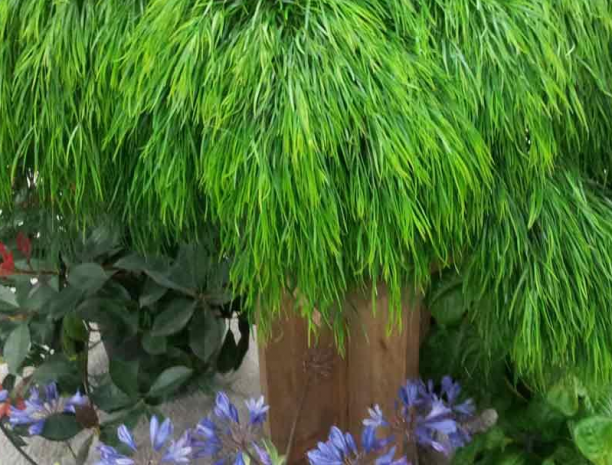Acacia cousin itt or acacia cognata is more commonly known as river wattle, bower wattle, or narrow-leaved bower wattle. Acacia is a shrub or tree endemic to the regions of Southeastern Australia. This plant species is native to the states of Victoria and New South Wales, where it usually grows in granite-containing soils. These granite-based soils are a part of dry sclerophyll forest communities. Karel Domin was the first botanist who achieved the milestone of formally describing an acacia shrub.
It is a low-growing shrub. An Acacia cognata shrub exhibits fascinating tight green growth and is pendulous. Consequently, this species appears as a rich emerald green mound. There are several cultivars of an Acacia shrub grown worldwide. However, cognata can attain a height of 2 to 3 feet and a width greater than 6 feet. Its moderately resinous leaves appear red-tinged on the light yellow-green color turning later into beautiful emerald green.
Care
Acacia cognata or cousin may grow best in partial to the full sunshade. It is planted in any average well-draining soil. Acacia is a low maintenance plant that develops well and needs very infrequent watering and little attention. But like any other plant, frequent watering is required until the root system establishes. The care of this plant requires optimum conditions like full sun and drained soil is crucial for the growth of this plant. In cold climates, use it as a container plant. However, it is a privacy hedge or specimen tree in a warm climate. Because of its mounding, the suggestion says to plant the little river wattle on any coastal or hillside landscape. One more suggestion, regarding its plantation, involves mass plantation due to its evergreen features and low maintenance. The plant is capable of thriving in both coastal temperatures and hot climates. This quality makes it suitable for a Northern California design.
Propagation
The growth process of acacia plants starts with taking cuttings. A sterilized pruner snips the wood just below a node. Then eradicate the lower leaf-like structures and any buds or flowers. When one has to root acacia cognata cuttings, take some time to submerge the bases of the cuttings in the rooting hormone. After that, place all the cuttings in small plastic containers containing moist potting soil. Then, place the cuttings under a propagator, plastic, or glasshouse. When seedlings become sufficiently large enough to handle, transplant them into larger pots 3 inches or 7 cm in diameter. When these roots grow out from the pot drain holes, they need to be repotted; into larger pots. After that, harden off these large-sized pots in a shady area so that it gets morning sunlight for up to a few weeks. Then, gradually give these a little more sunlight with each passing day and water them regularly to avoid them from drying out.
Shade
The acacia shrub does best in partial to the full sunshade. It is adaptable to moist and dry conditions; however, it does not hold the capacity to face any stagnant water. This plant is not specific to any pH soil and can tolerate urban pollution up to some extent.
A river wattle is a perfect choice for the outdoor landscape that suits containers and outdoor pots. Due to its height, it is used to serve as a thriller in the container combination like spiller-thriller-filler. Place it near the middle of the pot surrounded by small-sized plants.
Its size is large enough to grow alone in a feasible container. If grown in a container, it may not do well. It is also essential to mention that when one is opting to grow these plants in baskets and outdoor containers, these may need more frequent watering than being kept in the yard.
Flowers
These small fascinating ball-shaped flowers add to the beauty of the garden. Acacia cousin itt plant makes an elegant foliage plant all year round with its beautiful weeping foliage. The flowers are attractive enough to attract wildfire like bees and other insects. Flowers of an acacia cognata or acacia cousin are yellow. There is no specific time of the year to wait for this shrub to grow and develop.
The plant may be susceptible to root rot in hot and humid climates. In humid climates, it may be short-lived. The Cousin itt plant does its best in the southern states. A naturally occurring and dense growth habit is perfect for putting off weeds and is usually low maintenance. The plant is not only to meet ornamental purposes but also serves several other uses such as feature plant, border plant, groundcover etc.



